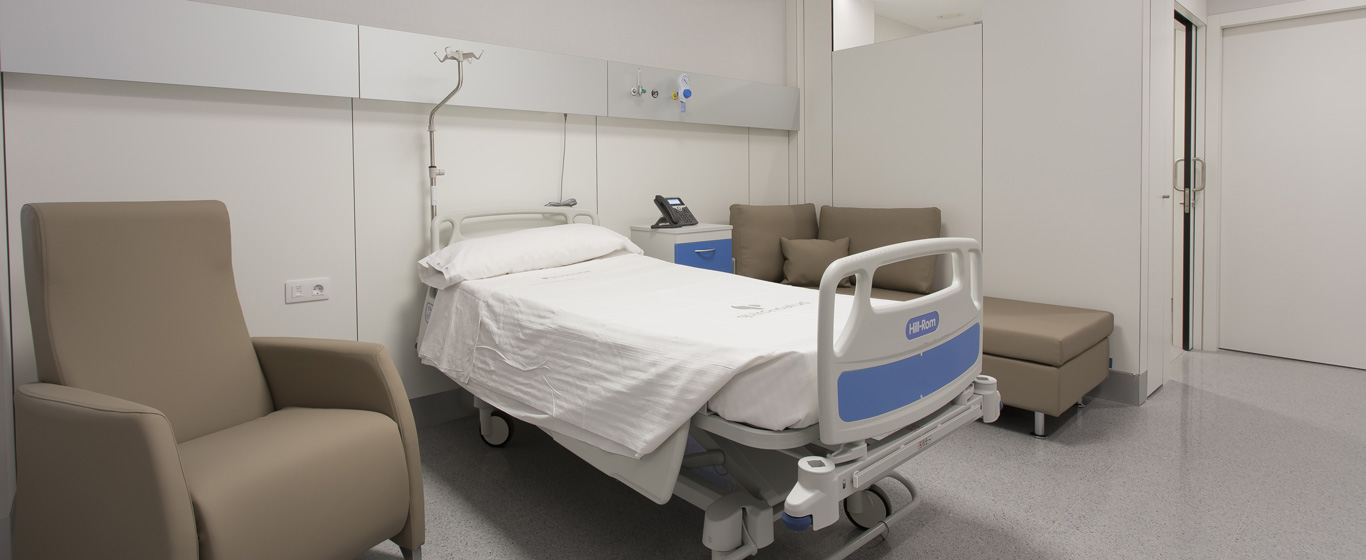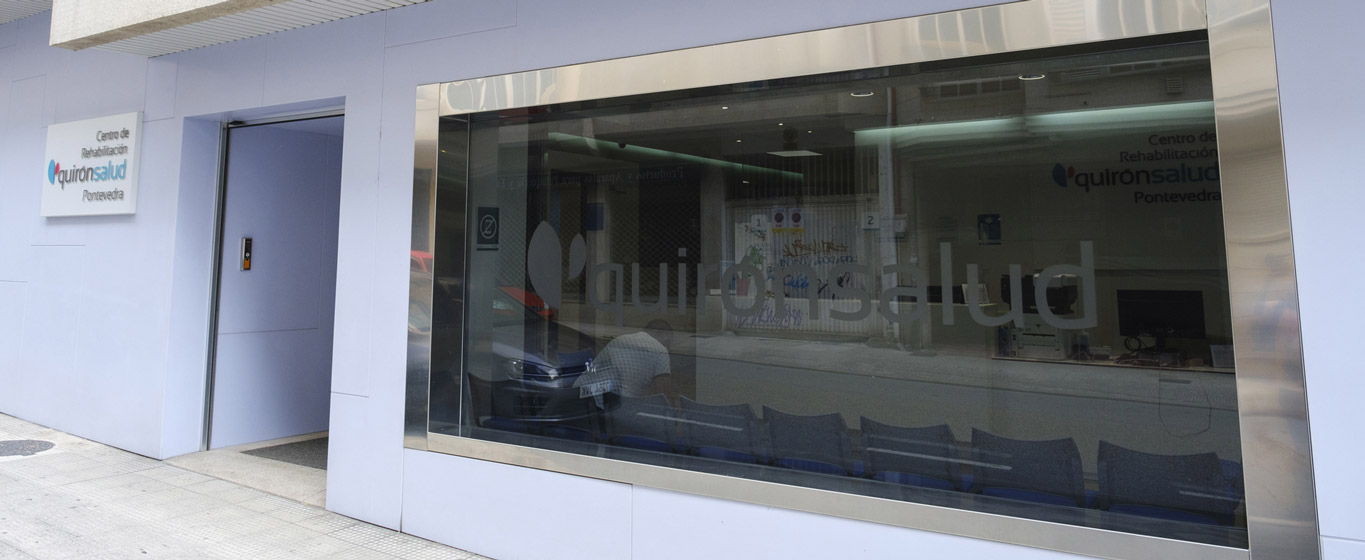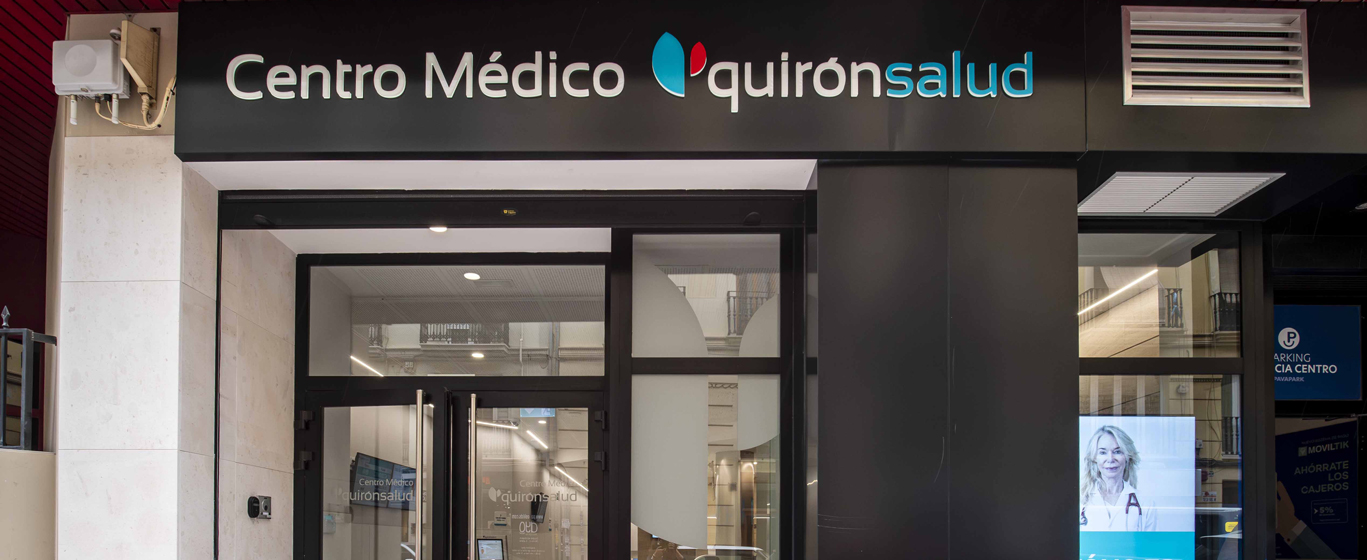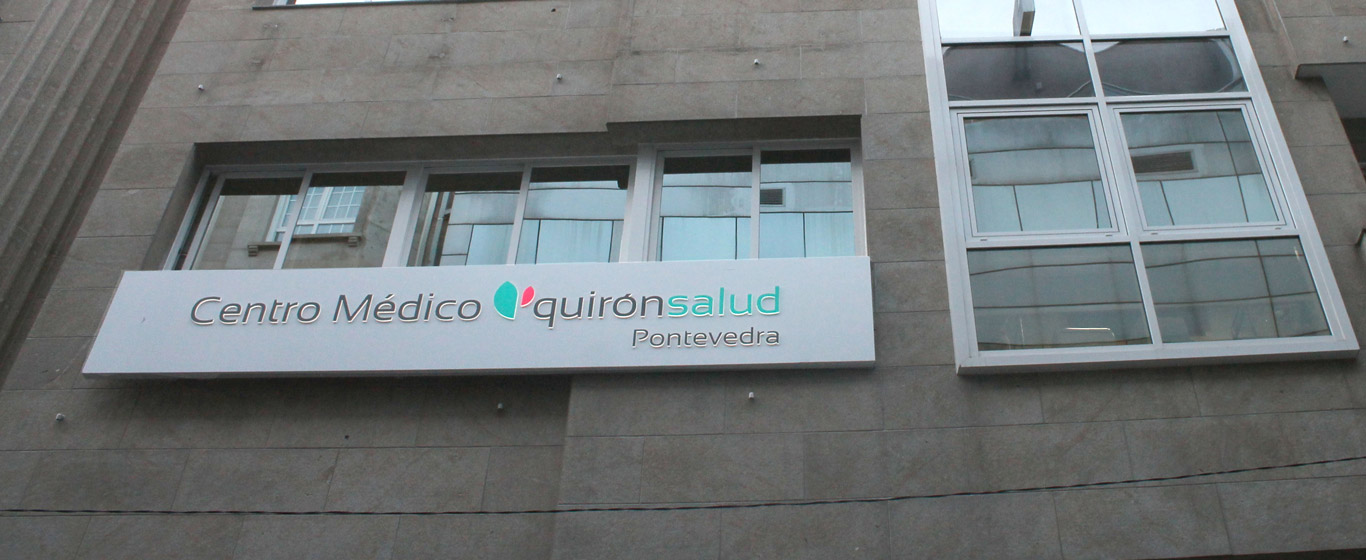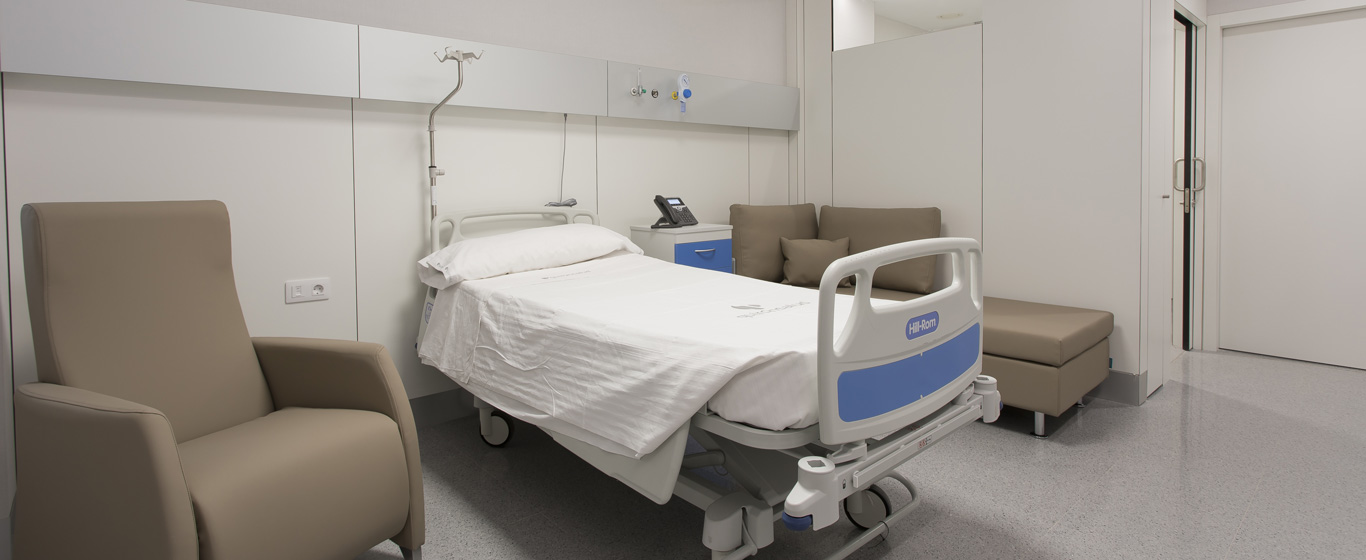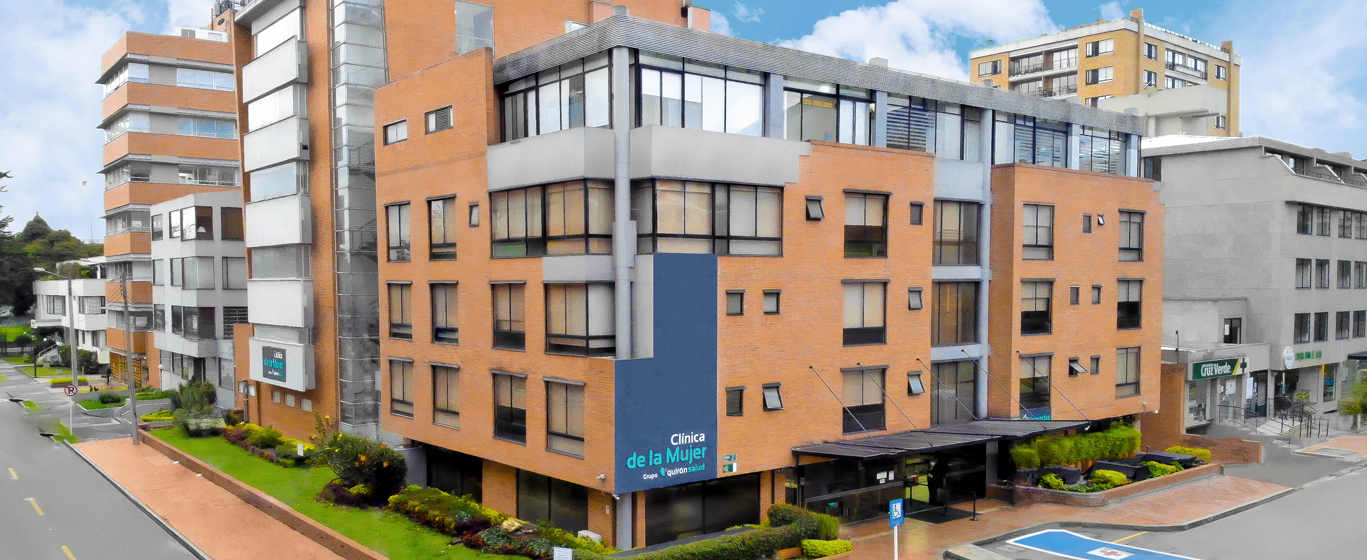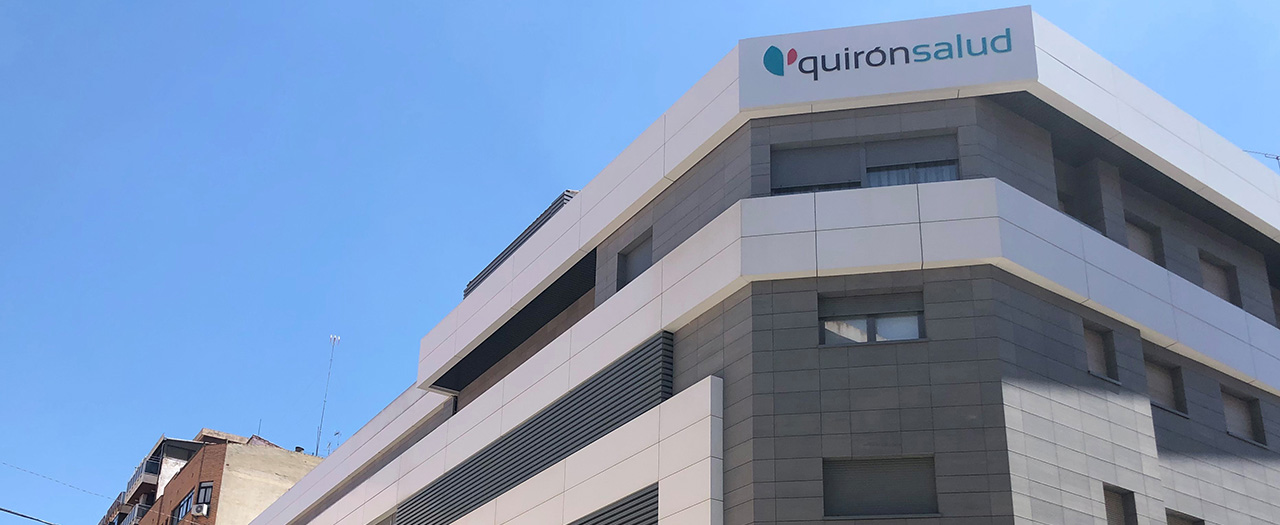Endoscopic Capsule
The endoscopic capsule allows for viewing the interior of the digestive system through a small camera that is ingested like a pill and takes images every few seconds. This technique avoids more uncomfortable and invasive procedures.

General Description
The endoscopic capsule is a minimally invasive diagnostic imaging test. It is used to observe the interior of the small intestine in detail, an organ that is difficult to access with other techniques.
In this procedure, a camera in the shape and size of a pharmaceutical pill (approximately 26x11 mm) is ingested, which takes images as it travels through the digestive system. Using a transmitter that functions similarly to a radio, it sends these images to sensors placed on a belt around the patient's abdomen. The recording lasts between 9 and 12 hours. During this time, the small camera captures between 2 and 6 frames per second, which specialists can observe in video format.
This test is very useful for the early detection of numerous intestinal pathologies such as colon cancer, ulcerative colitis, Crohn's disease, diverticulitis, or diverticulosis, as well as for identifying the cause of bleeding in the intestines.
Using an endoscopic capsule reduces the duration of the study and discomfort for the patient, as the alternative involves inserting a probe through the throat or anus to reach the intestines. Additionally, it is a technique that does not require patient sedation or air insufflation, avoiding abdominal distension.
When is it indicated?
Capsule endoscopy is indicated in the following cases:
- Abdominal pain associated with involuntary weight loss and changes in both bowel movement frequency and stool appearance.
- Presence of polyps or other lesions.
- Iron-deficiency anemia with no apparent cause.
- Hematochezia (blood in stools).
- Family history of colon cancer.
- Monitoring the progression of Crohn's disease, colon cancer, or polyps.
The use of an endoscopic capsule is contraindicated if intestinal obstruction is suspected. In recent years, a biodegradable reabsorbable capsule has been designed to assess the permeability of the small intestine, indicated in cases of stenosis.
How is it performed?
In the presence of a specialist, the patient ingests the endoscopic capsule in the usual manner. Then, the belt with the device that records the images is placed. After approximately 8 or 9 hours, it is necessary to return to the medical center to return this recorder.
The capsule is naturally expelled through the anus during defecation, usually within 24 to 48 hours. If a reabsorbable capsule is not expelled, it indicates permeability issues.
Risks
Using an endoscopic capsule poses no health risks.
In very rare cases, the camera may get stuck in the intestines, and medication may be required to help expel it. Sometimes, an endoscopy is necessary to remove it. If a reabsorbable capsule is used, a radiograph confirms that no remnants remain.
What to expect from an endoscopic capsule
This is an outpatient procedure that does not require hospitalization or bed rest. Once the capsule is ingested and the receiver is placed, the patient can leave the center. After two hours, the usual medications can be taken, and light foods can be consumed after four hours. After approximately nine hours, the belt with the receiver device should be returned to the medical center, and normal routine can be resumed. During this time, exercise should be avoided.
In the next 24 to 48 hours, stools should be checked to ensure the capsule is properly expelled, and the specialist should be notified of its evacuation.
Specialties that request endoscopic capsules
The endoscopic capsule study is requested by specialists in gastroenterology, oncology, or internal medicine.
How to prepare
In order to observe the intestine properly, it must be as clean as possible. Therefore, during the days leading up to the test, a fiber-free diet should be followed (no fruit, vegetables, whole grains, etc.). Additionally, fasting is required for at least 12 hours before taking the endoscopic capsule. A laxative may also be necessary.







